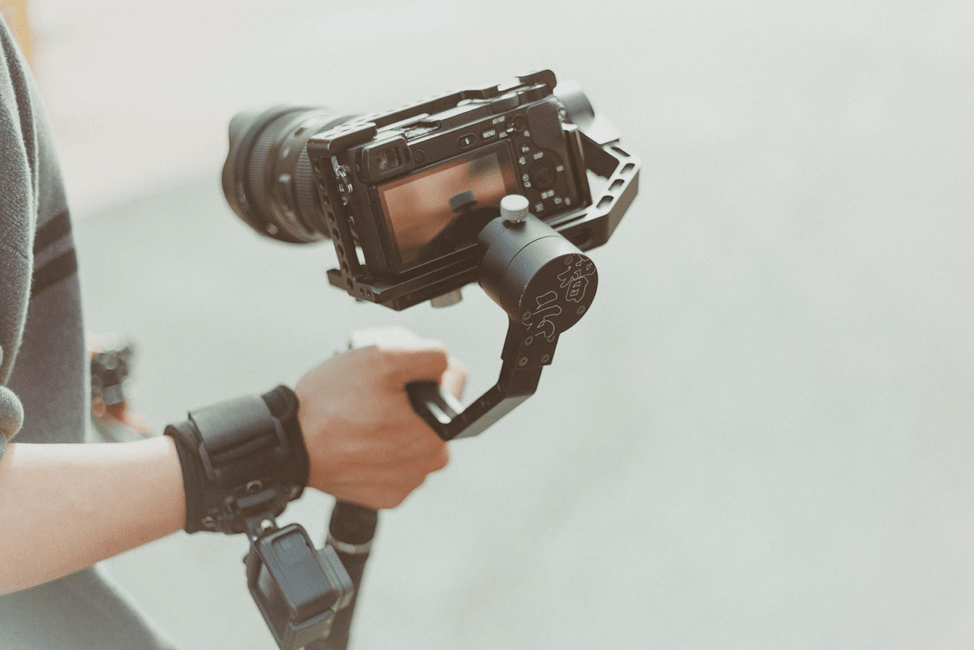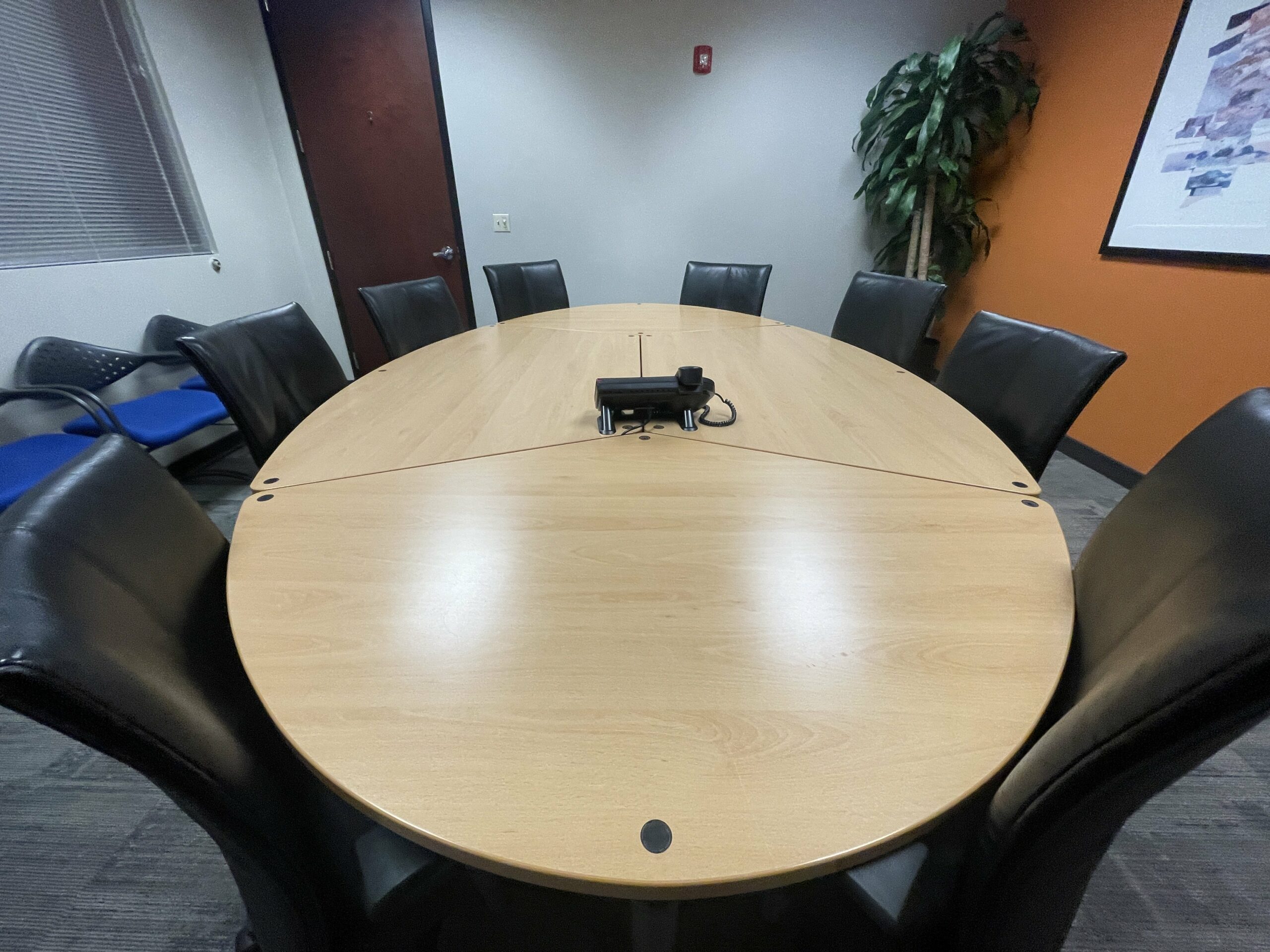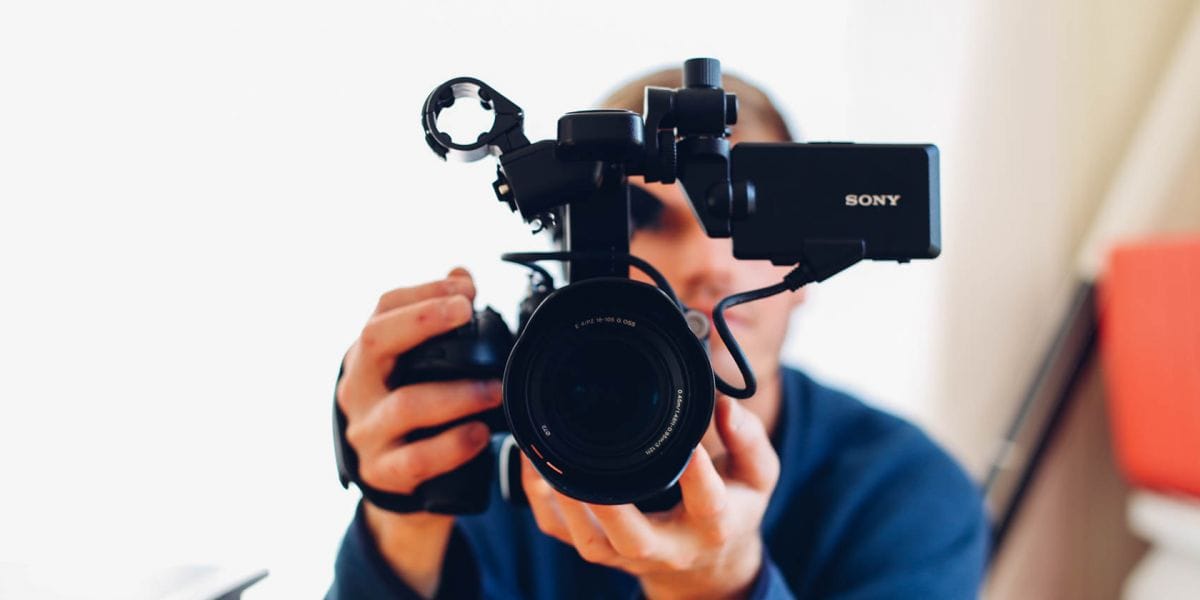Expert Legal Videography Services for Legal Needs.
Wiki Article
Why Legal Videography Is Vital for Accurate Legal Record-Keeping
In the world of legal process, the accuracy of record-keeping is vital, and lawful videography arises as a vital device in this context. By capturing the nuances of verbal and non-verbal interaction, it substantially lowers the potential for misinterpretation that can come with traditional written records. In addition, the preservation of authentic aesthetic proof not just improves the reputation of testimonies yet also adds to a comprehensive account of occasions. As we discover the complex advantages of legal videography, one need to consider its effects for the future of judicial integrity and transparency - legal videography.Significance of Visual Evidence
Establishing the significance of visual proof in legal process is critical for ensuring accurate record-keeping and improving the general integrity of the judicial procedure. Aesthetic evidence acts as an important tool in documenting occasions, conditions, and other important details that might be important to a case. Unlike composed accounts, which are at risk to interpretation and predisposition, visual recordings provide an objective, unalterable depiction of facts as they happened.

This type of proof can record a variety of aspects, consisting of witness actions, environmental context, and physical evidence, all of which might influence judicial outcomes. By offering a clear and thorough aesthetic narrative, legal videography eliminates ambiguity and helps to maintain the credibility of the evidence.
Furthermore, aesthetic evidence can be crucial in lowering disagreements over accurate disparities, as it permits a direct comparison against testament and various other documented records. In a period where electronic innovation is significantly prevalent, the capability to present aesthetic proof efficiently can dramatically boost the general high quality of legal process. Ultimately, the consolidation of aesthetic evidence not just boosts the paperwork procedure however additionally enhances public rely on the judicial system by promoting openness and responsibility.
Enhancing Testimony Credibility
The assimilation of legal videography into court room procedures considerably boosts the reputation of witness testimony. By capturing the subtleties of spoken and non-verbal communication, video recordings offer a more thorough representation of a witness's attitude, feelings, and integrity. This visual documentation allows jurors to observe the witness's body movement, facial expressions, and general behavior, which are crucial parts that can affect their perception of statement credibility.
Additionally, lawful videography reduces the potential for misconception or distortion of testament that may happen in composed records. Viewers can see and listen to the testament as it existed, making sure that the context and tone are protected. This authenticity fosters a higher feeling of trust amongst jurors, who may be much more inclined to believe statement that they can witness firsthand.
Additionally, the presence of video clip footage can hinder witnesses from providing misleading or exaggerated declarations, as they understand that their testament is being taped. This liability reinforces the honesty of the judicial procedure. Inevitably, lawful videography acts as an essential device in making sure that witness testament is not just precisely illustrated however likewise viewed with enhanced reliability by all events entailed.
Comprehensive Record Conservation
Comprehensive document conservation is vital for keeping the integrity of lawful proceedings. Legal videography works as an important tool in this process, providing a precise visual and acoustic account of testimonies, depositions, and various other pivotal moments in an instance. Unlike typical written transcripts, video clip recordings catch the subtleties of body language, tone, and feeling, which are important for recognizing the context and intent behind statements made throughout lawful process.
Additionally, the capability to evaluate video evidence allows attorneys to recognize vital information that may have been forgotten in written records. By maintaining a comprehensive archive of legal proceedings with videography, regulation companies can support the highest standards of precision and responsibility, eventually adding to a fairer judicial process.
Simplifying Legal Procedures
Enhancing lawful proceedings is crucial for enhancing effectiveness and reducing delays within the judicial system. Lawful videography offers as a pivotal tool in attaining this objective by supplying clear and exact aesthetic you can look here documents of court hearings, depositions, and testaments. This innovation enables real-time recording, making certain that all spoken and non-verbal signs are recorded, which can facilitate quicker resolution of disputes.The combination of videography right into lawful procedures decreases reliance on traditional techniques, such as extensive records, which can be time-consuming to generate and evaluate. By having access to recorded footage, attorneys can quickly reference vital moments, improving their capacity to prepare and existing instances effectively. This immediacy likewise assists in the making clear of testaments, reducing the potential for misconception.
Moreover, visual paperwork promotes an extra engaging courtroom experience for jurors, helping them to understand complex information quicker. Inevitably, lawful videography simplifies communication amongst all parties involved, from attorneys to judges to jurors, therefore advertising a more reliable judicial process (legal videography). In an era where time is of the significance, welcoming this modern technology is vital for the modern legal landscape
Admissibility in Court
Precise documentation is vital not only for efficiency but also for guaranteeing that proof is permissible in court. Lawful videography functions as a critical device in this procedure, providing a trustworthy visual document of testaments, declarations, and events. Courts frequently call for evidence to fulfill specific criteria of admissibility, including significance, authenticity, and dependability. Top notch video recordings can accomplish these standards by recording clear sound and aesthetic details that written transcripts might overlook.To be considered admissible, lawful videography must comply with recognized protocols, such as correct devices use, suitable lighting, my website and clear sound capture. Furthermore, it is necessary to have certified videographers who understand the legal needs surrounding evidence collection. The chain of safekeeping have to also be preserved to avoid any cases of tampering or alteration.
Moreover, lawful videography can enhance the persuasiveness of evidence by supplying jurors with a straight sight of the testimony, permitting a much more involved understanding of the case. In recap, the integration of legal videography into record-keeping not only sustains efficiency but likewise strengthens the honesty and admissibility of evidence in court proceedings.
look at here
Final Thought
Finally, lawful videography plays a crucial role in making certain accurate legal record-keeping by providing objective visual documents. This method enhances the reliability of testaments, maintains detailed records, and simplifies legal procedures. Additionally, the admissibility of high-grade video clip evidence in court more underscores its relevance - legal videography. Ultimately, the consolidation of lawful videography into the judicial procedure promotes openness and reinforces public rely on the honesty of the legal system.Report this wiki page